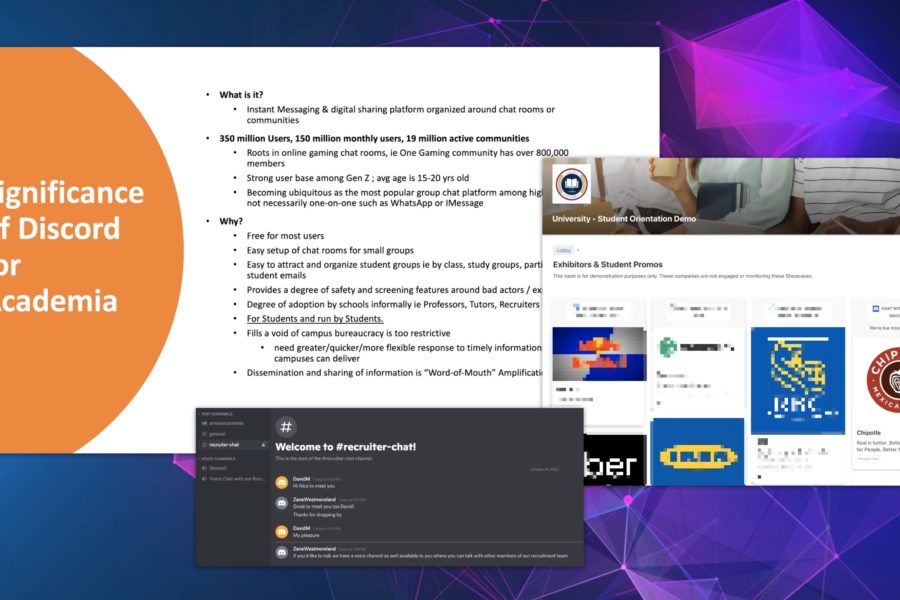Several years ago, I was coaching Tracy (not her real name) who was an up-and-coming performer working for a major pharmaceutical organization in New York. She was smart, ambitious and, more than anything else, wanted a leadership role. Her bosses noticed and, several months later, she got the promotion she was hoping for. Fast-track nine months. I dropped by her office to see how she was doing. It looked like a bomb had gone off. There were piles of paper everywhere and she looked like she hadn’t slept in days. I sheepishly asked how she was doing. She looked me in the eye and said, “I’m exhausted. I haven’t had a weekend off in months and I just can’t seem to get my head above water. To be honest, I can’t even remember why I wanted this job. I’d give anything to go back.”
Although Tracy’s story is extreme, it is by no means uncommon. Ask most teachers to choose between being in the classroom with their students or taking a vice-principal role where, most days, they will be in the office by 7:30 a.m. and leave by 8 p.m., work weekends, deal with hostile parents and crumbling schools for a few extra thousand dollars a year, and it’s no surprise they’ll choose to be with the kids. Many organizations are struggling to make leadership roles attractive to a generation that looks at their bleary-eyed bosses and think to themselves, “I don’t want to sign up for that.”





